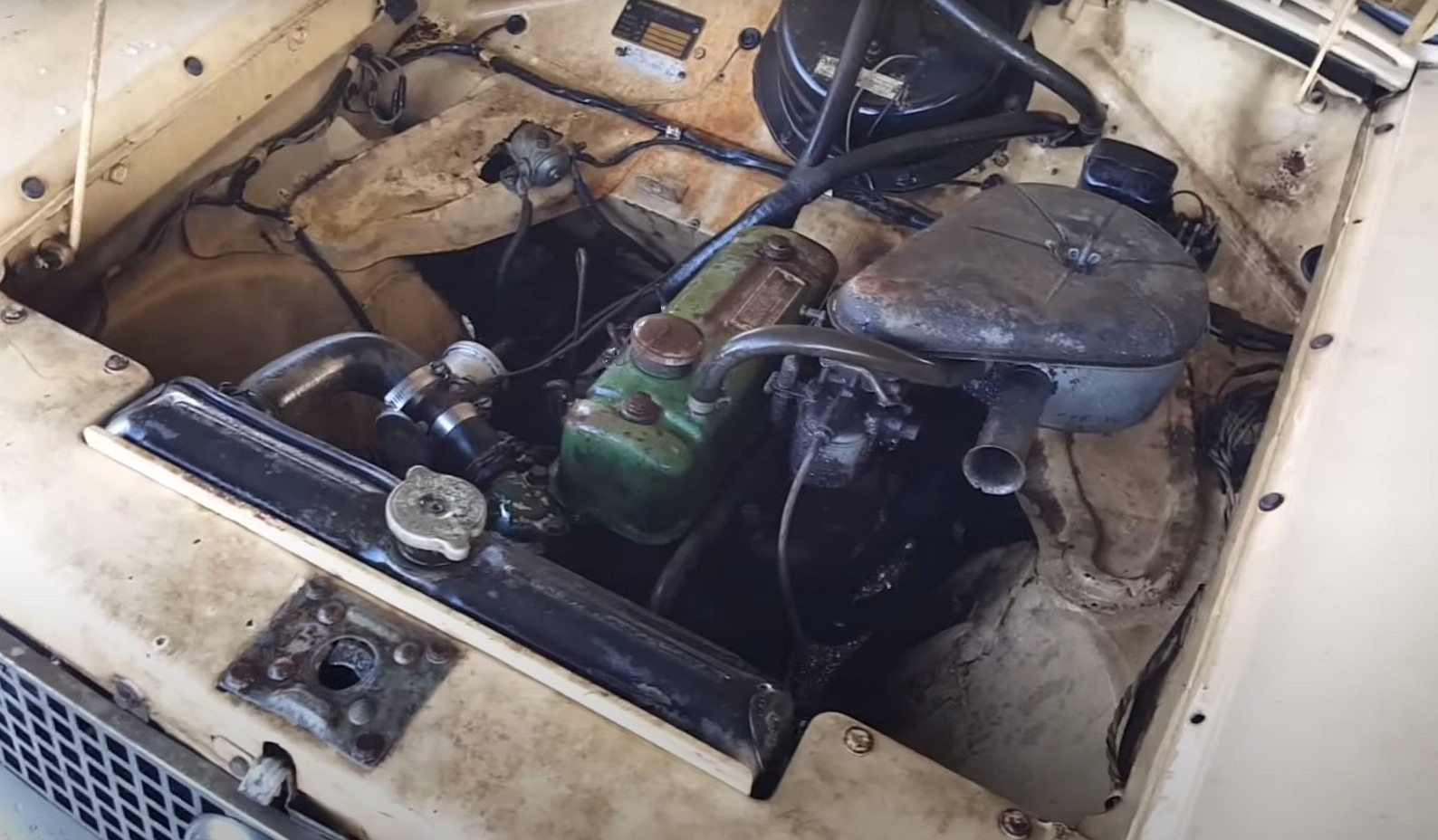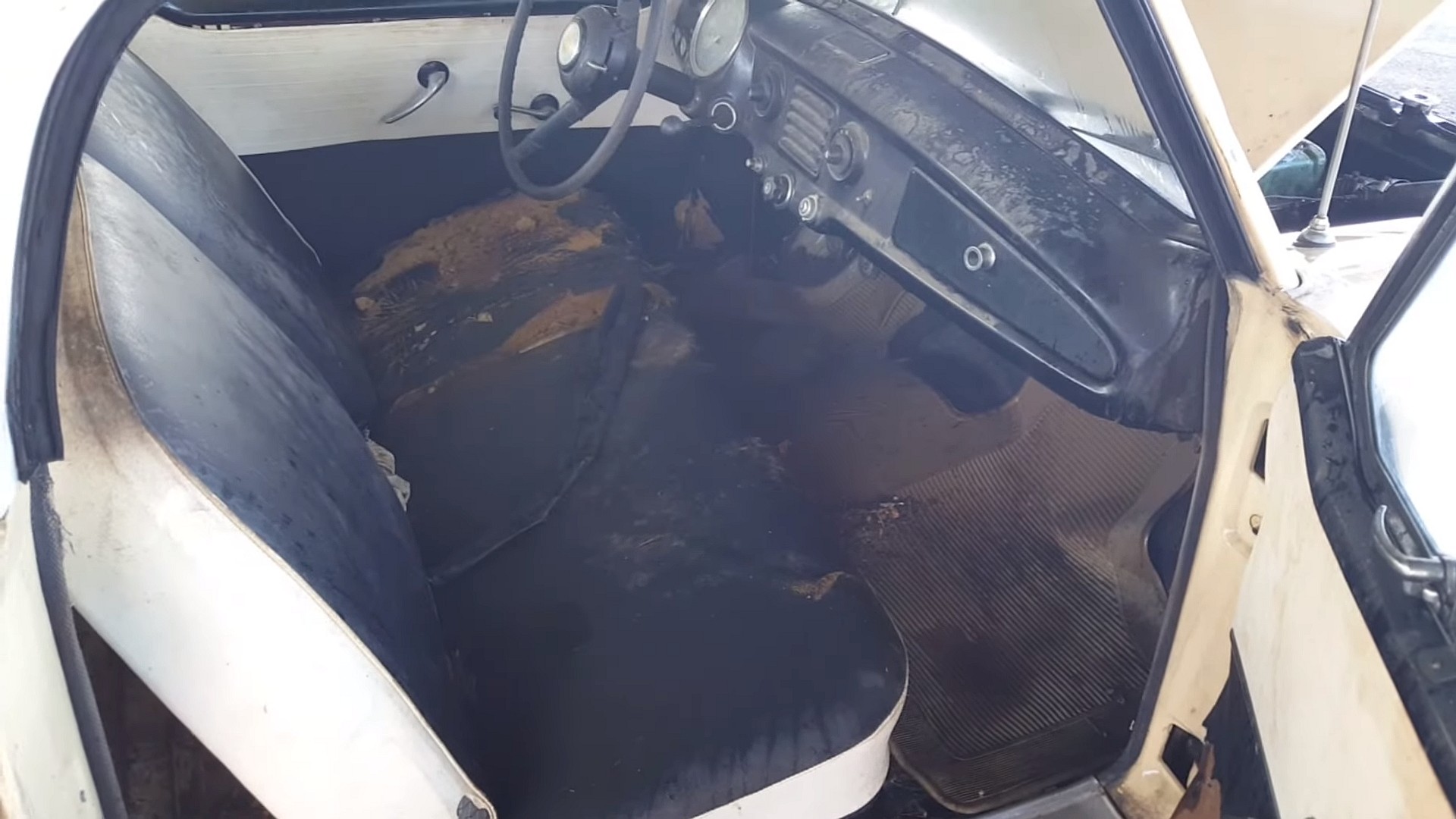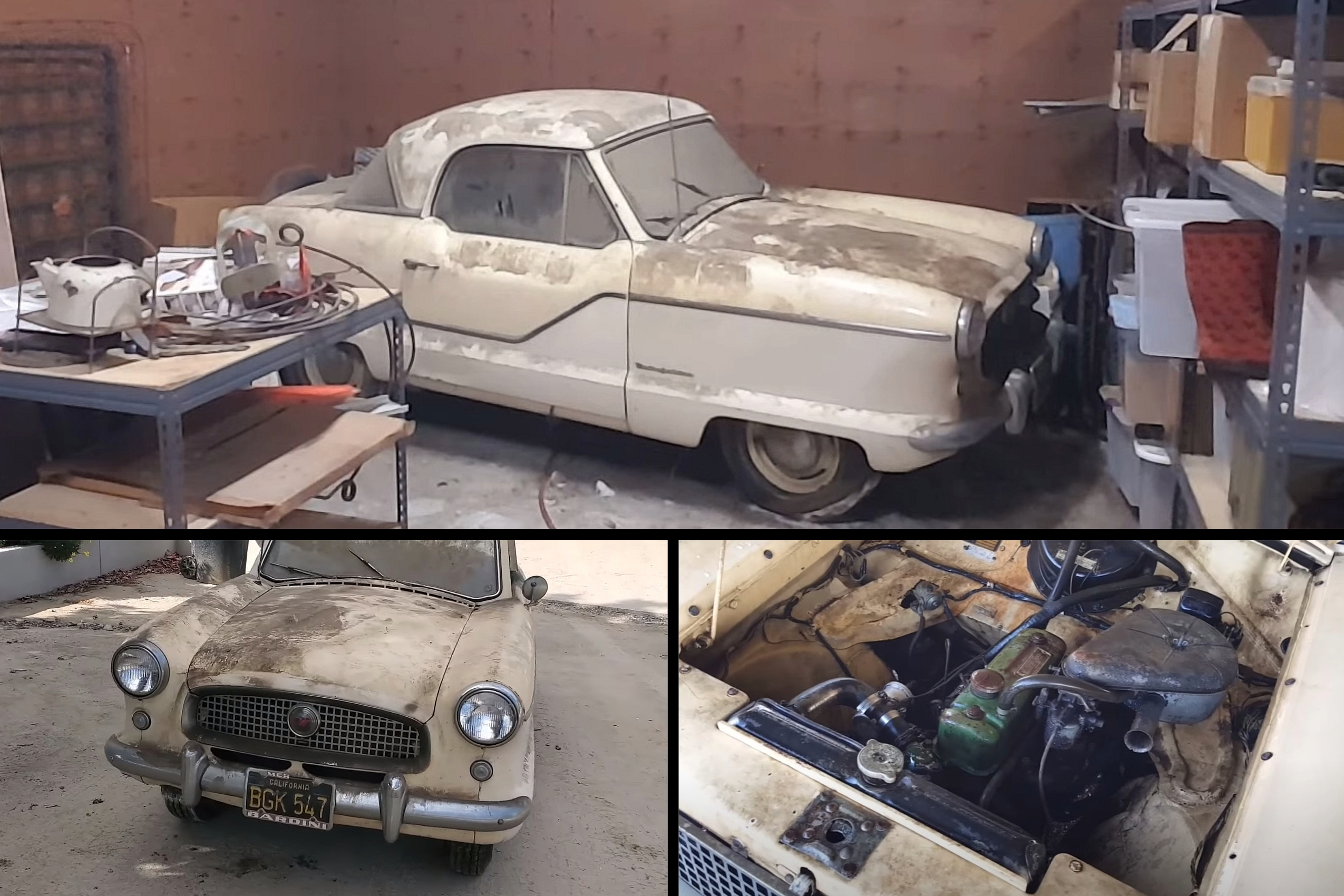The 1950s are widely regarded as one of the golden decades of the US automotive market. The cars became bigger and more luxurious, while V8 engines grew larger and more potent. Both the carmakers and the buyers were following the “bigger is better” philosophy. Nash Motors, on the other hand, had a different approach.

Like most independent carmakers at the time, Nash was struggling to compete with the Big Three. With the Chevy-Ford pricing wars in full swing, company president George W. Mason decided to steer the brand toward a new yet unexplored market: compact cars.

Designed to be smaller and more affordable than the usual full-size rig but still able to accommodate five passengers comfortably, the Nash Rambler entered production in 1950. The model became a success and kickstarted a new segment that was joined by Ford, GM, and Chrysler by the end of the decade.

But Nash didn’t stop there. Mason also believed many families could use an even smaller automobile as a second vehicle. A “commuter/shopping car” that looked like a big Nash but had the wheelbase of a Volkswagen Beetle. To achieve this, Nash entered a manufacturing collaboration with British company Austin and created the Metropolitan.

The 149.5-inch-long (3,797 mm) economy car debuted in late 1953 to become the smallest automobile sold by an American company. Available only as a two-door hardtop and convertible, the Metropolitan featured British-made four-cylinder power and returned more than 30 miles per gallon. It also came with standard features that were optional on most vehicles of the era.

Like many efforts from independent carmakers, the Metropolitan was far from successful. However, the tiny two-door remained in production for almost ten years. When Nash and Hudson merged in 1954 to form American Motors Corporation, the Metropolitan became a stand-alone marque. The last example was manufactured in April 1961, and no replacement was developed.

Come 2023, the car that swam against the “bigger is better” tide enjoys a cult following. Mainly because it was ahead of its time. And amazingly enough, for a vehicle that wasn’t desirable on the used car market, it’s not a very common sight in junkyards. The 1961 AMC-era example you see spent a whopping 50 years off the road but took long-term storage like a champ.

Unearthed by YouTube’s “Newt’s Nostalgia,” this Metropolitan is in fantastic shape for a vehicle that hasn’t moved in about a half-century. It’s mostly rust-free, complete, and wearing one of those nice two-tone paint jobs that were popular in the 1950s and 1960s.

It cleaned up nicely after its first contact with water in decades, and, amazingly enough, the old four-cylinder lump roared back to life without a rebuild. Sure, it’s not yet ready to take the Metropolitan for a spin, but it’s only a bit of work away from becoming a road-worthy four-banger.
